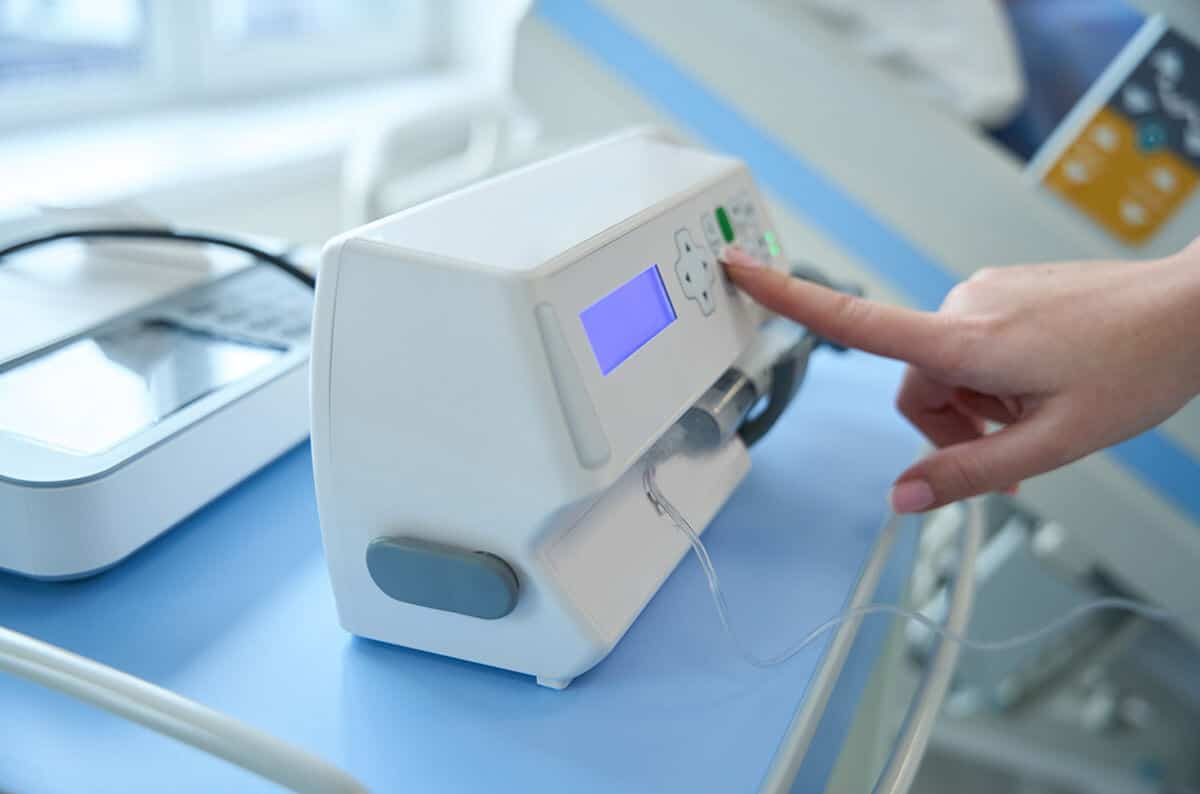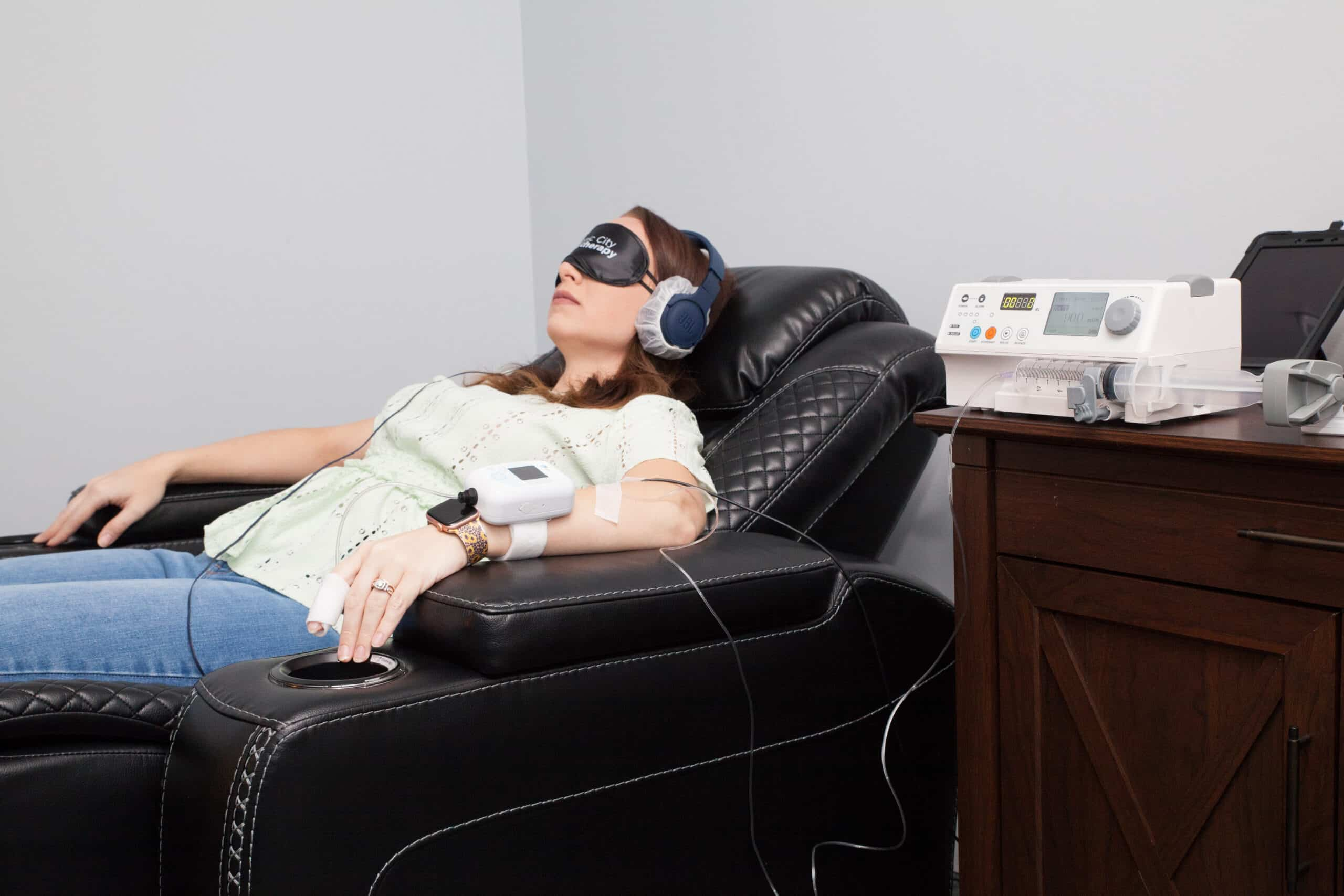Editor’s Note: This blog was updated on August 16th to include the latest information regarding Matthew Perry’s death.
“It’s difficult to get a man to understand something when his salary depends on not understanding it.” – Upton Sinclair
Matthew Perry’s struggle with addiction is no secret.
When this blog was first written, based on the available information, it was reasonable to believe that the medication Matthew Perry took was in line with typical prescribing practices. Initially linked to at-home ketamine use for mental health concerns, it’s important to address the increasing trend of ketamine prescribed for at-home self-administration. While ketamine therapy, when administered in a controlled and supervised environment at appropriate doses, is a safe option for those facing challenging mental health conditions, the move towards at-home use—whether prescribed or not—introduces significant risks. As an advocate for patient well-being and responsible medical practices, I’ve always strongly advised against attempting to use ketamine without proper medical supervision.
Based on the details that emerged on August 15th, it is now understood that Perry’s death resulted from a combination of factors, including provider malpractice, illegal drug use, and the dangerous interplay of multiple treatment elements, such as the unsupervised setting of his hot tub. Confirmation bias, such as assuming that since nothing bad happened last time, nothing bad can happen this time, may have played a role in this tragic event.
Numerous companies and providers, both in Chattanooga and nationwide, are prescribing sublingual doses ranging from 150 mg to 1600 mg per administration to address poor absorption. This practice significantly amplifies the associated risks. Sublingual absorption of medications is notably poor (around 10-30%). With ketamine, the effects of a 1200 mg sublingual dose is equivalent to the effects of a much lower IV ketamine dose (150-200 mg), which, while still high, is not typically lethal. Matthew Perry’s untimely death was avoidable and unnecessary, emphasizing the critical need for medical supervision with all ketamine administration.
Matthew Perry’s case highlights a significant concern – certain companies insist that using ketamine at home is as safe as supervised administration in a clinic. However, closer scrutiny reveals that such assertions lack any scientific support. Despite these companies boasting the ease and cost-effectiveness of at-home ketamine use, it is imperative to consider the increased risks and the lack of efficacy with sublingual administration of ketamine. It is not only significantly more dangerous but it also has the lowest chance of success when compared to any other administration modality.
The escalating instances of injuries and fatalities linked to DIY ketamine use underscore serious ethical concerns. It is disconcerting to witness some providers downplaying these risks, leaving patients insufficiently informed. Convenience should not take precedence over patient safety and treatment effectiveness. Providers utilizing this modality do so either out of greed or ignorance. While the sublingual ketamine model does offer a financial incentive and is far less labor intensive for the provider, we find that most of those prescribing at-home ketamine are well meaning. They simply are ignorant of the many risks associated with rapid acting anesthetics like ketamine. Also, the legality of at-home ketamine use gives a false sense of security, but technical legality does not equate safety or appropriateness.
In conclusion, Matthew Perry’s tragic story serves as a poignant reminder of the severe consequences associated with DIY ketamine use. It is imperative for the scientific and medical community to vehemently discourage any form of at-home ketamine use and advocate for responsible, medically supervised administration. Our commitment to those seeking help must prioritize treatments that are not only effective but, above all, safe.
About Scenic City Neurotherapy
Founded in 2019, Scenic City Neurotherapy is at the forefront of advanced and comprehensive treatments for those facing treatment-resistant conditions. Our goal is to excel in opioid free pain management and mental health treatment, setting a standard of care that results in better outcomes and improved brain health. We specialize in Ketamine Infusion Therapy and Transcranial Magnetic Stimulation (TMS) Therapy.
If you’re seeking innovative solutions for mental health, chronic pain, or neurodegenerative conditions, Scenic City Neurotherapy offers transformative treatment options. Join us in advancing brain optimization and empowering individuals to reclaim their lives.
Contact Charles Miller, Founder and Chief Medical Officer, to learn more about our Minimally Stimulated Ketamine Infusion Therapy (MSKIT®) and Transcranial Magnetic Stimulation (TMS) protocols. Call 423-228-0579 or visit www.ScenicCityNeuro.com.







